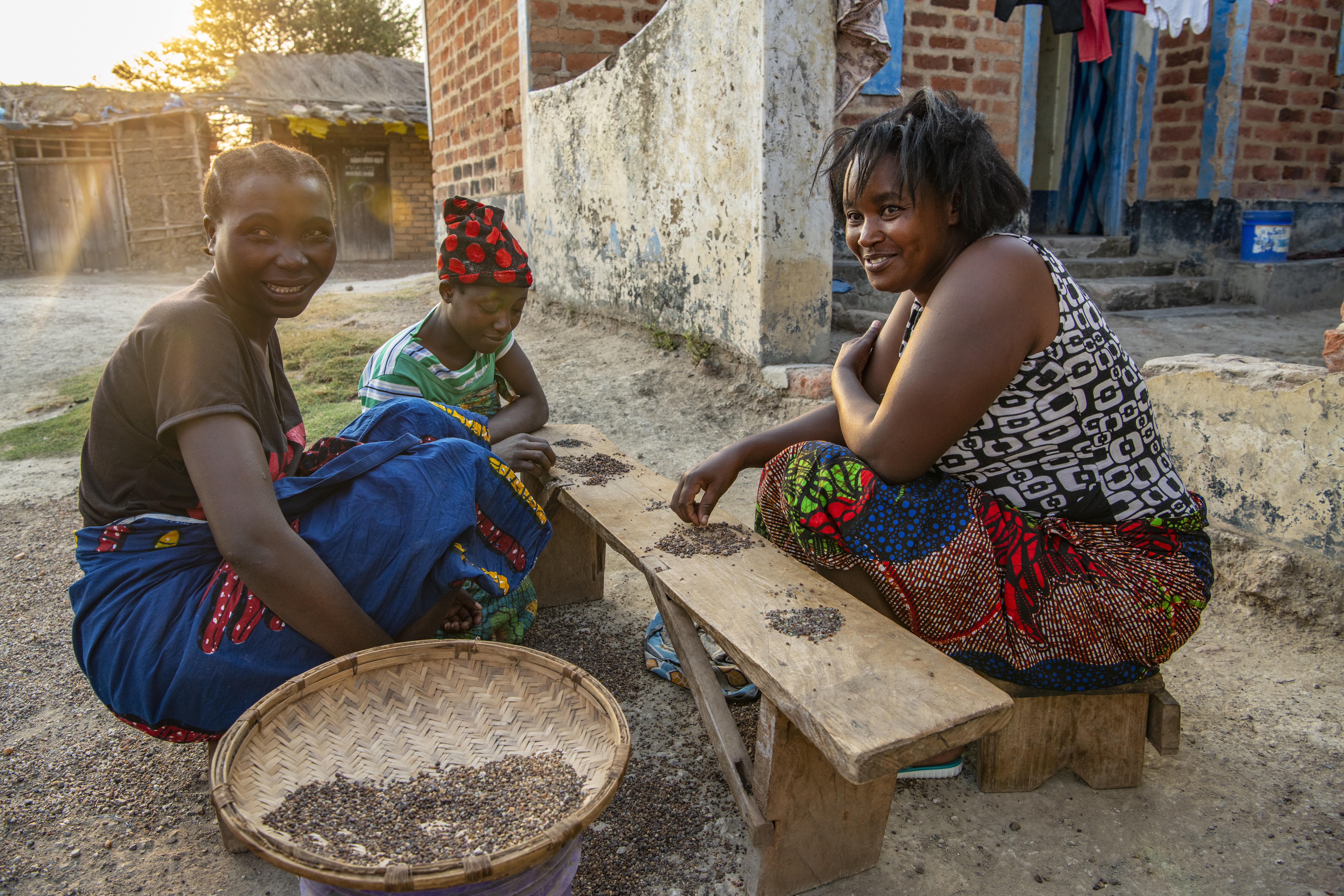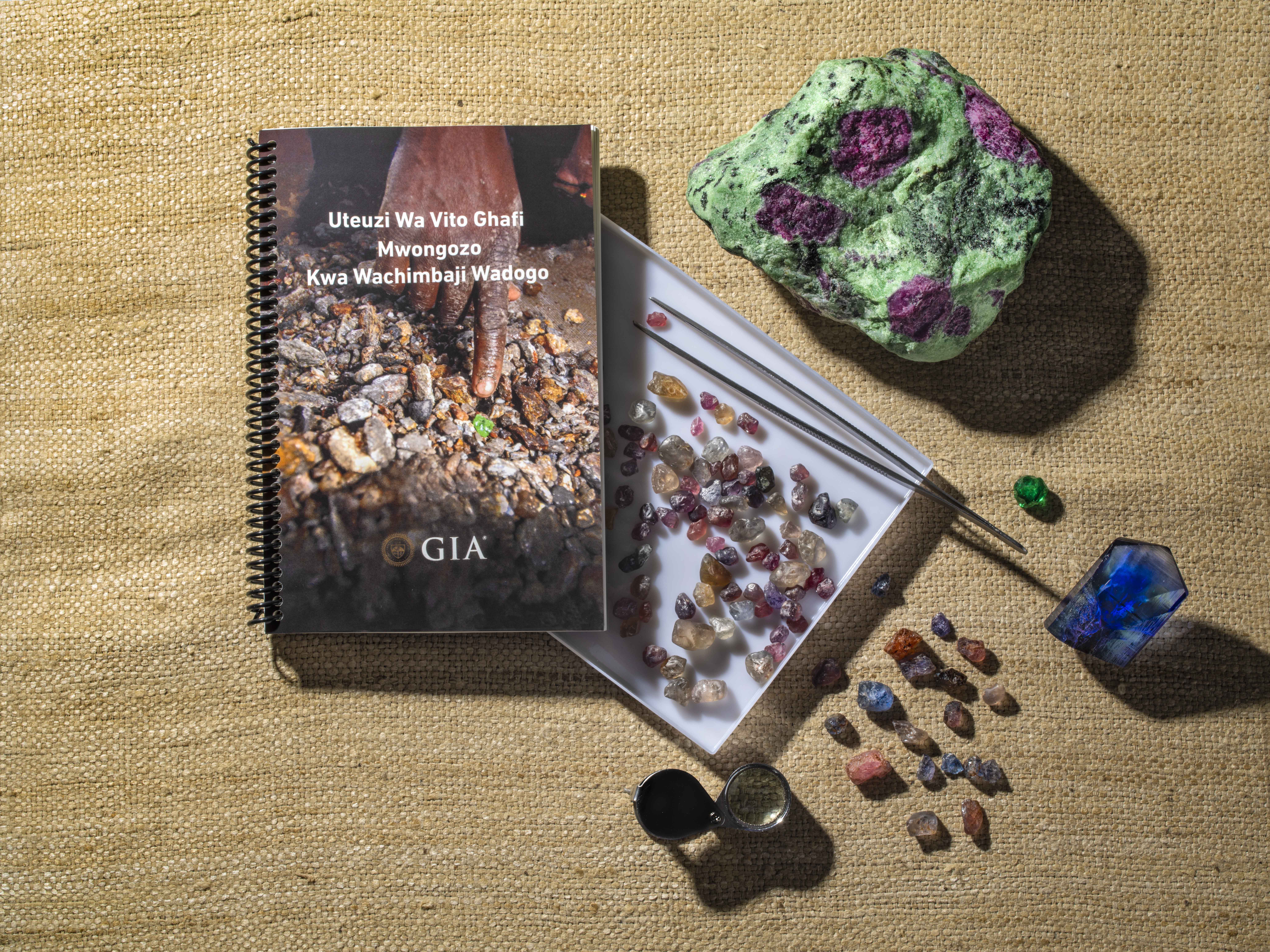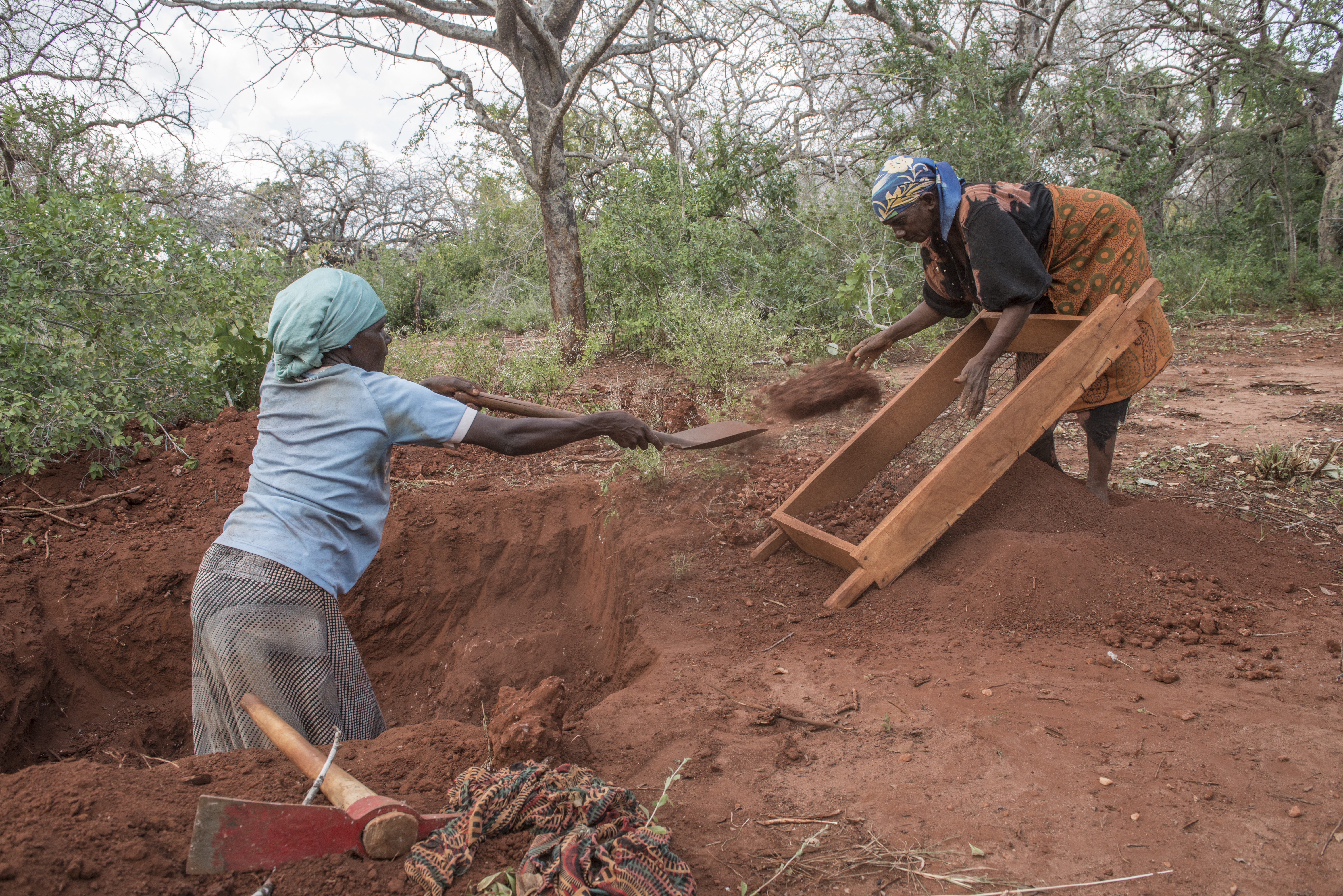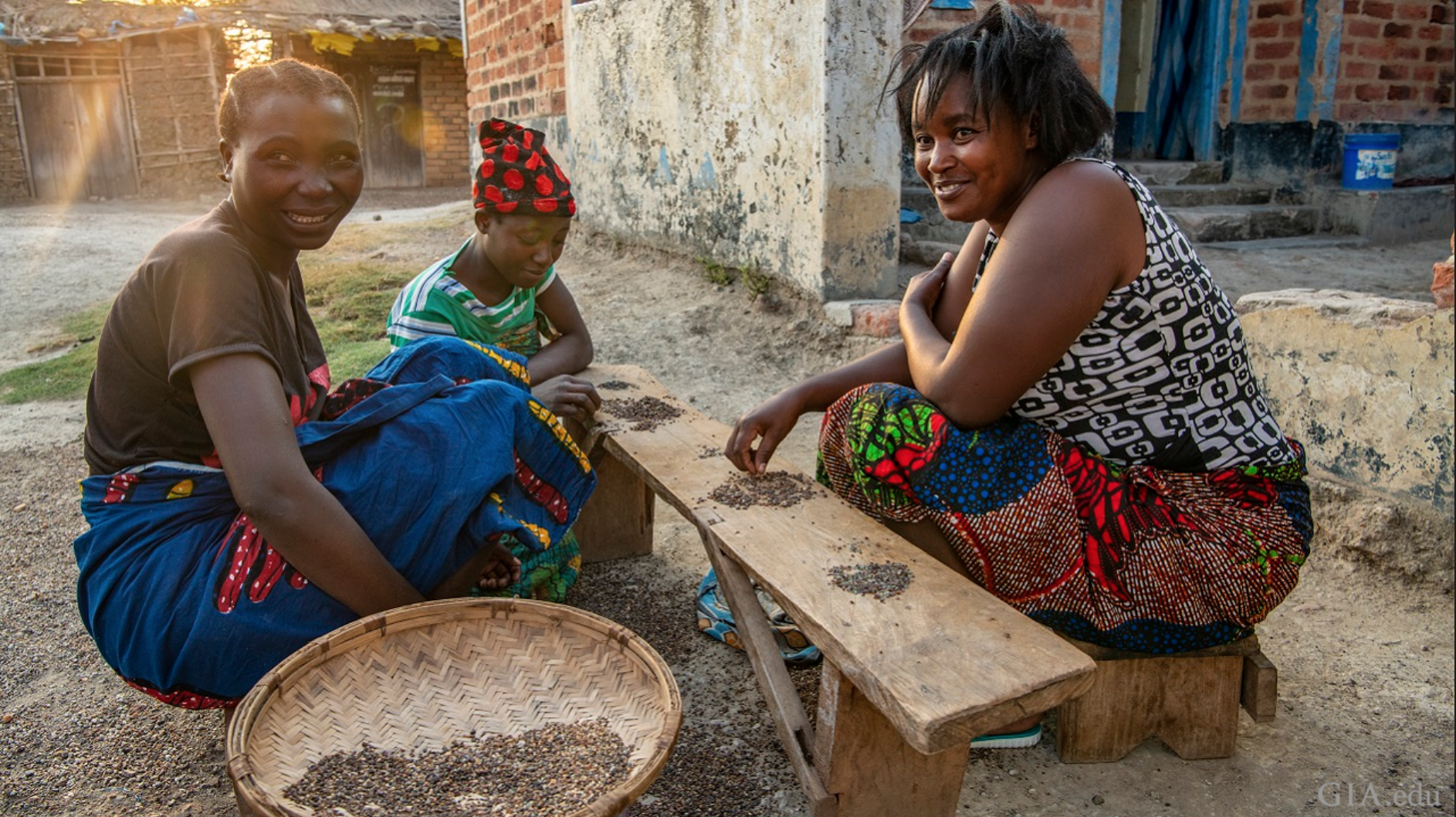The Gemological Institute of America (GIA) has developed a Gem Guide that is helping artisanal small-scale miners better understand the value of the gems they unearth.
“It is truly humbling to see that the knowledge gained by the miners is helping so much. As they begin to understand …how gems are used, these miners can aspire to different jobs, such as cutting and jewelry making,” says Robert Weldon, director of the Richard T. Liddicoat Gemological Library and Information Center at GIA and co-author of the guide.

Gemological Institute of America (GIA) worked together with Pact, a Washington, D.C.-based non-governmental development organization on this project, which included conducting two pilot studies, training approximately 400 artisanal small-scale miners, all of which were members of TAWOMA, the Tanzanian Women’s Mining Association.
“We were keen to involve TAWOMA because female miners have faced even more challenges than their male counterparts: sex discrimination, exclusion from some mining sites, less mining knowledge, less access to capital and less education in general,” said Cristina Villegas, director of the Mines to Market program at Pact.

Women sorting corundum, garnet and other gem rough in Songea’s alluvial mining deposits. Photo by Robert Weldon/GIA. © GIA.
Artisanal small-scale (ASM) miners, working in small teams using only hand tools, mine many of the colored gemstones from Tanzania and other areas around the world. They often live and work in remote areas where there are few other opportunities to earn a living, and they have little or no access to information about the stones they recover. Having even simple information about gem quality and an understanding of market needs puts them in a stronger position to negotiate with buyers.
These miners can now glean valuable knowledge from “Selecting Gem Rough: A Guide for Artisanal Miners,” an illustrated book developed by GIA to help them learn more about the quality and classification of the gems they recover.

GIA’s artisanal mining guide, in Swahili, is aimed at providing educational information to East Africa’s small-scale miners at the source, and to give them a greater understanding about the value of their production.
The “GIA Guide for Artisanal Miners” is a photo-rich booklet written in Swahili with photos of the rough gemstones found in East Africa, including tourmaline, corundum, various types of garnet, topaz, spinel, zircon and tanzanite. GIA is also working to develop a similar guide for diamonds in the future.

“[The miners] can sort, they know how to wash and add value into the material … They are really now getting more money than when they didn’t have this project. It has added a lot of value into their life using a book and using a tray,” said Salma Kundi Ernest, secretary general of TAWOMA, speaking through an interpreter at the Chicago Responsible Jewelry Conference held in October 2018.
All of the miners, who were surveyed several months after being trained, said they developed a solid understanding of the gemological concepts presented. The survey results also revealed that they gained confidence in evaluating the quality of rough they found, which dramatically improved their bargaining power with local buyers. Pact calculated that the knowledge gained from GIA’s $120,000 initial investment in the project – funded by the GIA Endowment fund – generated a 12-fold social return on investment (SROI) to the miners and would continue to help them in coming years. They also reported that benefits from the gem guide extend far beyond the miners themselves. “I can see how this is changing things here. People have more money, more kids are in school, more of them have school uniforms and people are building brick houses. All of this shows that it is bringing more value into peoples’ lives,” said Norbert Massay of Pact.

Female miners, who face more challenges than men, can use what they learn from the guide to better evaluate what they recover. Photo by Robert Weldon/GIA. © GIA.

“This is core to the GIA’s mission,” said GIA President and CEO, Susan Jacques. “We are moving practical gemological knowledge to the beginning of the supply chain for the people who can benefit from it tremendously,” she said. “This guidebook brings artisanal miners understanding about the value of the beautiful gems they bring to market.”
To read GIA’s full article on this program visit: https://www.gia.edu/gia-news-research/gem-guide-delivers-education-social-return-artisanal-miners

